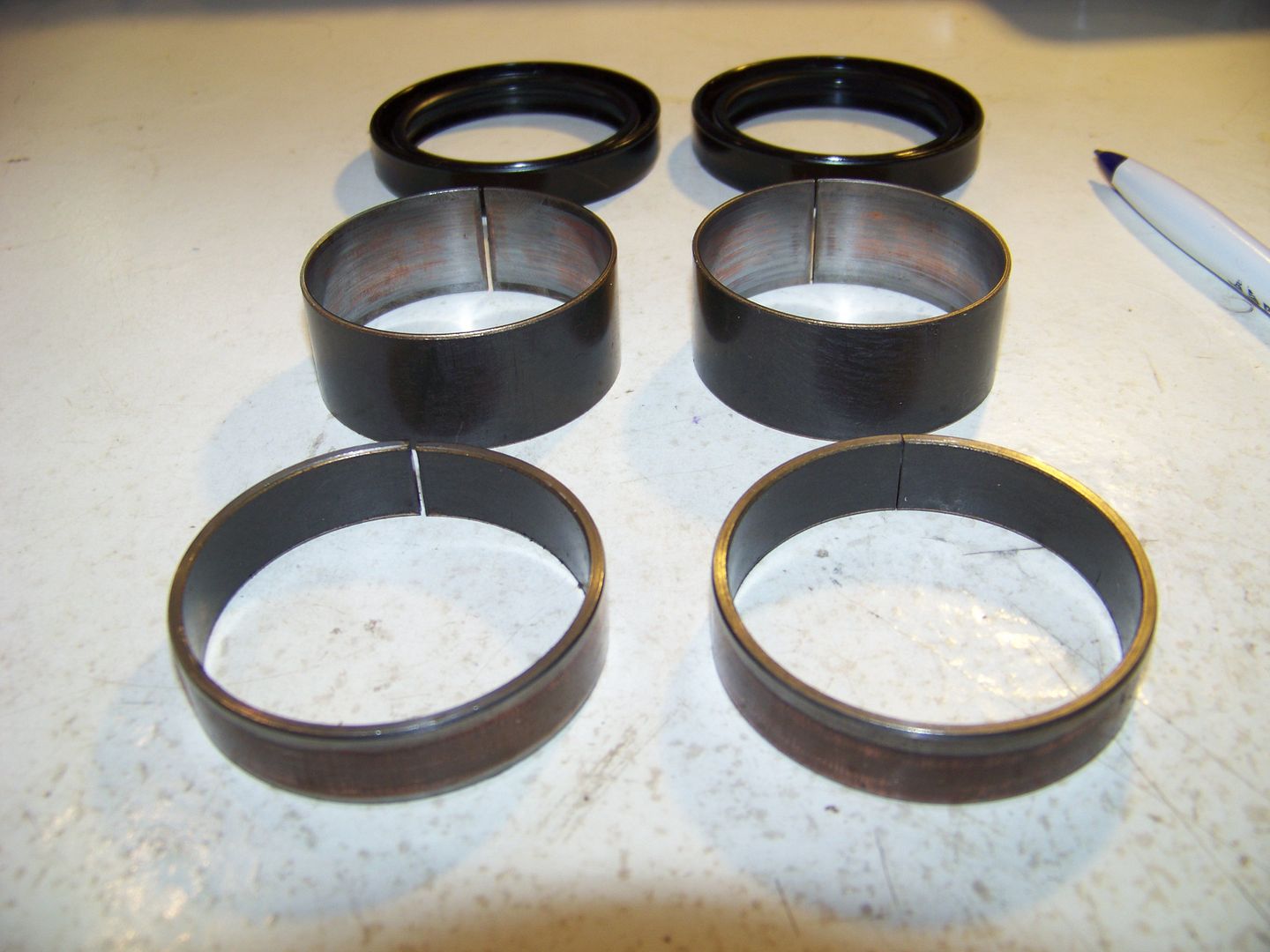(Sigh) I cannot believe that none of you understand the reasoning behind the engineering change. Once again, I will have to set you all straight on this.
Yamaha designed the original FJR as a SPORT-tourer. A big sportbike with luggage carrying ability. It was intended to be ridden and played with in a lively sporty manner. Lots of wheelies, intense cornering and high speed riding. The fork damping was calibrated for high speed. The forks were expected to do a lot of flexing and the extra bushings would create stiction. Therefore, only two bushings were utilized.
The 2nd Gen was designed more as a Gentleman's Sport-Tourer. Longer swingarm, and a softer ride. The suspension calibration was aimed at the older more relaxed crowd, the ones who were actually able to afford this bike. The damping needed to be set up for high and low speed and fork flex was not supposed to be an issue. The use of 3 bushings would not create more stiction with the more relaxed riding style that Yamaha was expecting to see from FJR riders.
Of course all of that I just typed is 100% Pure ********. Don't believe any of it. I made it all up on the spot. But, looking back and reading it now, it almost makes sense.
None of which fixes our friend Jasen's problem. I know what will fix it though. The solution comes in Candy Red and will be at your friendly neighborhood Yamaha dealer very soon.
Oh, I almost forgot. Hugs and kisses my friends!


























